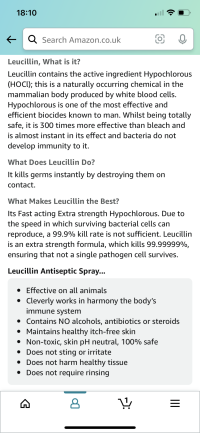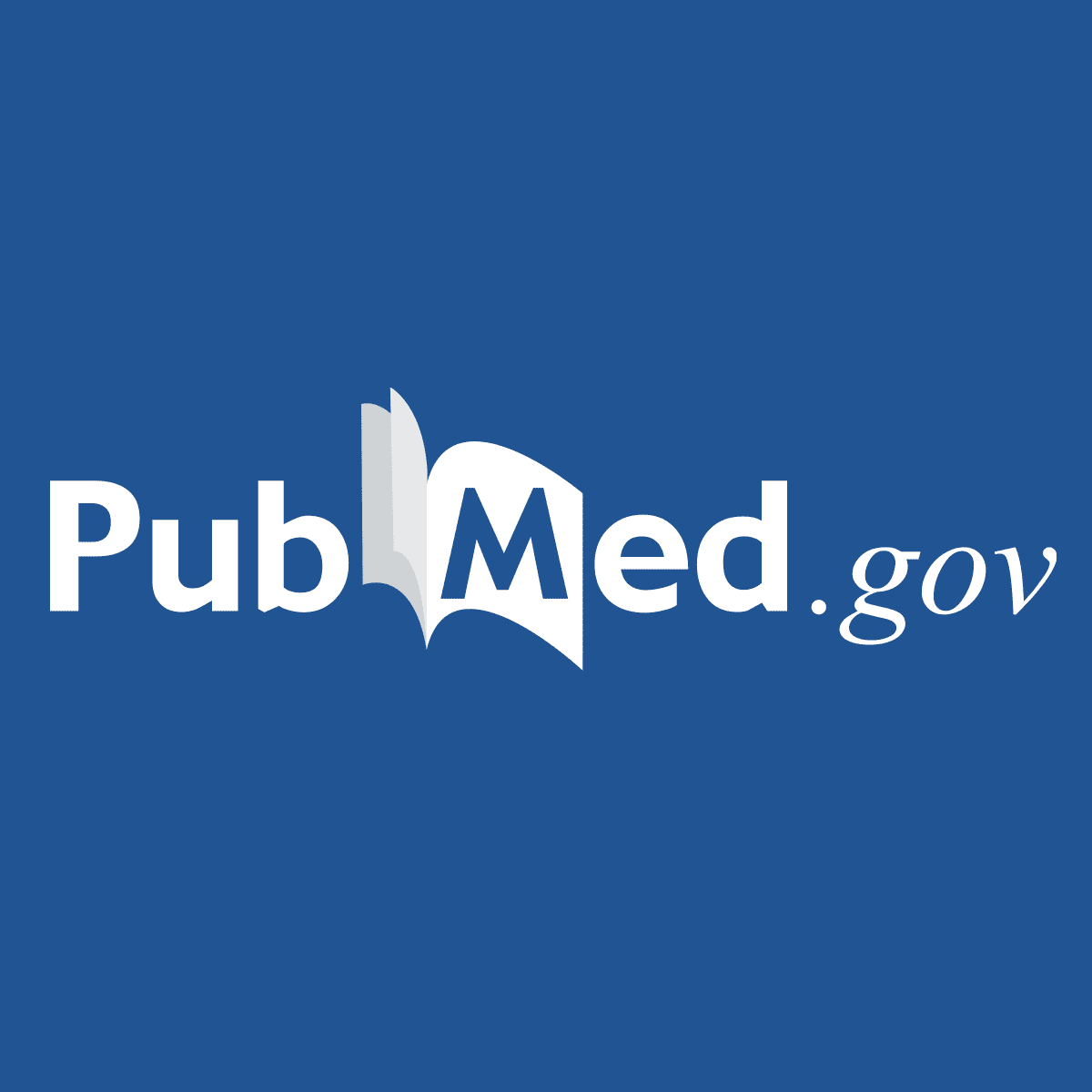Mauritio
Member
- Joined
- Feb 26, 2018
- Messages
- 5,669
Yeah good point. But then again the flora on the scalp is probably influenced by the gut flora, so it might start there too.I believe that gut health strongly influences hair loss, but I hesitate in believing it is the cause. If gut stimulated inflammation and prolactin release caused hair loss, it feels likely that this hair loss would be occurring everywhere on the body. But that doesn’t seem to be the case for most balding or hair loss. So, to me, there has to be a factor that is specific to the scalp, or head region which is causing or accelerating the damage caused by this gut hormone axis. The local prolactin receptor expression being stimulated by interferon gamma is a clue to the local process occurring, which to me indicates that the immune system is fighting something in the scalp. Now, I don’t think the solution to this is necessarily throwing every anti microbial at it, but I do think investigating why the scalp in balding men is supporting this growth might have promise.

Microbiome in the hair follicle of androgenetic alopecia patients
Androgenetic alopecia is the most common form of hair loss in males. It is a multifactorial condition involving genetic predisposition and hormonal changes. The role of microflora during hair loss remains to be understood. We therefore analyzed the microbiome ...www.ncbi.nlm.nih.gov

The Potential Relevance of the Microbiome to Hair Physiology and Regeneration: The Emerging Role of Metagenomics
Human skin and hair follicles are recognized sites of microbial colonization. These microbiota help regulate host immune mechanisms via an interplay between microbes and immune cells, influencing homeostasis and inflammation. Bacteria affect immune responses ...www.ncbi.nlm.nih.gov




